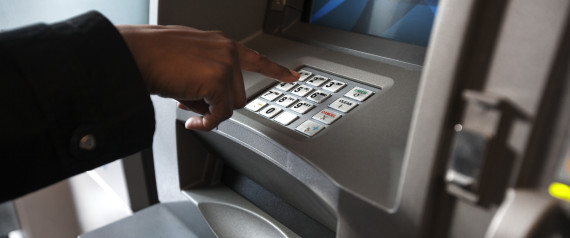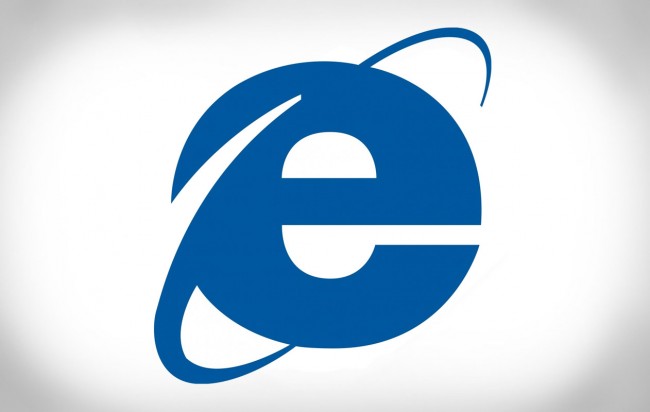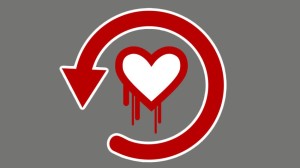Hackers Steal Up To $1 Billion From Banks

NEW YORK (AP) — A hacking ring has stolen up to $1 billion from banks around the world in what would be one of the biggest banking breaches known, a cybersecurity firm says in a report scheduled to be delivered Monday.
The hackers have been active since at least the end of 2013 and infiltrated more than 100 banks in 30 countries, according to Russian security company Kaspersky Lab.
After gaining access to banks’ computers through phishing schemes and other methods, they lurk for months to learn the banks’ systems, taking screen shots and even video of employees using their computers, the company says.
Once the hackers become familiar with the banks’ operations, they use that knowledge to steal money without raising suspicions, programming ATMs to dispense money at specific times or setting up fake accounts and transferring money into them, according to Kaspersky. The report is set to be presented Monday at a security conference in Cancun, Mexico. It was first reported by The New York Times.
The hackers seem to limit their theft to about $10 million before moving on to another bank, part of the reason why the fraud was not detected earlier, Kaspersky principal security researcher Vicente Diaz said in a telephone interview with The Associated Press.
The attacks are unusual because they target the banks themselves rather than customers and their account information, Diaz said.
The goal seems to be financial gain rather than espionage, he said.
“In this case they are not interested in information. They’re only interested in the money,” he said. “They’re flexible and quite aggressive and use any tool they find useful for doing whatever they want to do.”
Most of the targets have been in Russia, the U.S., Germany, China and Ukraine, although the attackers may be expanding throughout Asia, the Middle East, Africa and Europe, Kaspersky says. In one case, a bank lost $7.3 million through ATM fraud. In another case, a financial institution lost $10 million by the attackers exploiting its online banking platform.
Kaspersky did not identify the banks and is still working with law-enforcement agencies to investigate the attacks, which the company says are ongoing.
The Financial Services Information Sharing and Analysis Center, a nonprofit that alerts banks about hacking activity, said in a statement that its members received a briefing about the report in January.
“We cannot comment on individual actions our members have taken, but on balance we believe our members are taking appropriate actions to prevent and detect these kinds of attacks and minimize any effects on their customers,” the organization said in a statement. “The report that Russian banks were the primary victims of these attacks may be a significant change in targeting strategy by Russian-speaking cybercriminals.”
The White House is putting an increasing focus on cybersecurity in the wake of numerous data breaches of companies ranging from mass retailers like Target and Home Depot to Sony Pictures Entertainment and health insurer Anthem.
The administration wants Congress to replace the existing patchwork of state laws with a national standard giving companies 30 days to notify consumers if their personal information has been compromised.











 Ever notice that your Microsoft Outlook account has slowed to a crawl? Basic email functions like Send/Receive acting a little funny? Consider checking the size of your mailbox. You might be shocked to discover just how bloated it is.
Ever notice that your Microsoft Outlook account has slowed to a crawl? Basic email functions like Send/Receive acting a little funny? Consider checking the size of your mailbox. You might be shocked to discover just how bloated it is. CryptoDefense targets text, picture, video, PDF and MS Office files and encrypts these with a strong RSA-2048 key which is hard to undo, KnowBe4 said, adding, “It also wipes out Shadow Copies which are used by many backup programs.
CryptoDefense targets text, picture, video, PDF and MS Office files and encrypts these with a strong RSA-2048 key which is hard to undo, KnowBe4 said, adding, “It also wipes out Shadow Copies which are used by many backup programs.